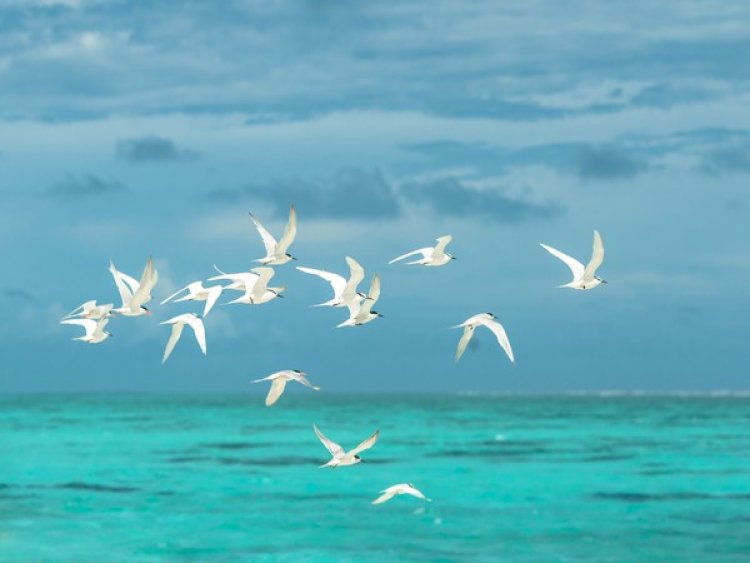Study reveals diving birds are more prone to extinction

Washington, US: Diving birds like penguins, puffins and cormorants may be more prone to extinction than non-birds">diving birds, according to a new study by the Milner Centre for Evolution at the University of Bath. The authors suggest this is because they are highly specialised and therefore less able to adapt to changing environments than other birds.
The ability to dive is quite rare in birds, with less than a third of the 727 species of water bird using this way of hunting for food.
Evolutionary scientists Joshua Tyler and Dr Jane Younger studied of the evolution of diving in modern waterbirds to investigate how diving impacted: the physical characteristics of the birds (morphology); how the species evolved to increase diversity (rate of speciation); and how prone the species were to extinction.
The study, published in Proceedings of the Royal Society B, found that diving evolved independently 14 times, and that once a group had evolved the ability to dive, subsequent evolution didn't reverse this trait.
The researchers found that body size amongst the birds">diving birds had evolved differently depending on the type of diving they did.
Wing divers, such as penguins and puffins, use their wings to propel themselves through the water. These birds tend to have larger body sizes adapted for swimming.
Birds that "foot dive," such as cormorants, kick their feet to swim and are similarly larger in body size to the wing divers.
In contrast, so-called "Plunge divers," such as gulls and gannets, dive vertically from the air to catch their prey. The researchers found these species tended to be more constrained in their body size, as they were better adapted for flying than swimming.
Whilst the research found no significant difference in speciation rate for birds">diving birds versus non-diving species, they also found that many birds">diving birds appeared to be more prone to extinction than non-diving species.
The techniques used by the researchers could be used to help conservationists predict which species are most at risk of extinction from an evolutionary perspective.
Josh Tyler, first author of the paper and PhD student at the Milner Centre for Evolution at the University of Bath, said: "Our work shows that rather than being a random process, there are predictable patterns to evolution.
"Waterbirds were grouped together as being highly related following genetic analysis of the bird family tree in 2015, so I wanted to investigate how evolving to be able to dive had affected their body shape, niche adaptation and evolutionary diversity.
"For example, penguins are highly adapted for their environment -- they have a torpedo body shape that helps them swim fast, but they don't fly and they can't move that well on land.
"This means they can't easily adapt to other environments or types of diet. In contrast, plunge divers like gulls are more generalists -- they eat anything from fish to Cornish pasties -- and we found they are exploding in diversity.
"Our data show that the specialist birds are in more trouble in terms of future extinction, and may be evolving into an evolutionary dead end."















































